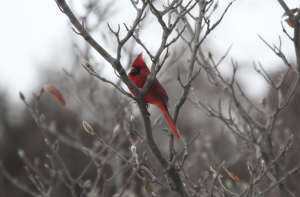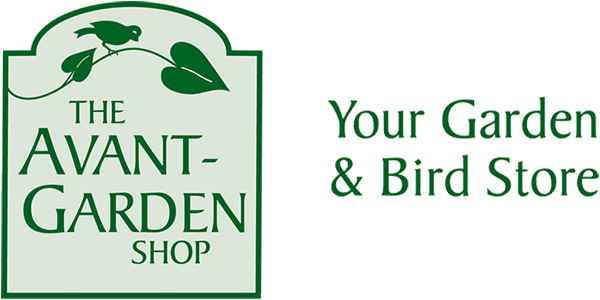 You’ve purchased and set up your bird feeding station, filled it with high-quality bird food, sat down by the window with your binoculars and identification guide, and…
You’ve purchased and set up your bird feeding station, filled it with high-quality bird food, sat down by the window with your binoculars and identification guide, and…
…no birds!
What’s up with that?
Birds need food to survive, of course, and feeders can provide them with desperately needed calories, especially in the deep cold of winter.
But it takes more than food to make a habitat suitable, and meeting as many needs as possible will increase the number of species and individuals that use your yard and feeders.
Let’s take a look at the various elements that will make your yard more bird-friendly in the winter.
Food
Check. Note, though, that birds may move around from one food source to another, so you may have some days with plenty around and others with few.
Water
Birds can get water from the snow, but it takes energy for them to warm it up. Consider a heated bird bath to provide a readily available source of water for them.
Cover
Birds need cover to shelter from cold or wet weather and to hide from predators.
Deciduous trees and shrubs meet both these needs in the spring, summer, and fall, but birds don’t use them much in the winter. If you want more birds in your yard in general, and specifically in the winter, you need to plant some conifers (e.g., spruce, cedar, or pine). Having coniferous trees within 10-15′ of your feeders allows birds to flit from tree to feeder quickly. Having said that, some deciduous trees and shrubs, such as mountain ash, produce berries or seeds that birds can eat in the winter.
It takes time for newly planted trees and shrubs to establish themselves, but getting a few new ones in the ground this spring could be a wonderful long-term investment in your birdwatching experience. When selecting your plants, always aim for species that are native to the region. Non-native species can be invasive and support fewer insects that provide food for insectivorous birds in the summer months.
Photos:
Black-capped Chickadee in Staghorn Sumac, Nancy Comtois
Northern Cardinal, Kristin Morgan
